Organic Viticulture and the Impacts of Tariffs on Trade Based Security
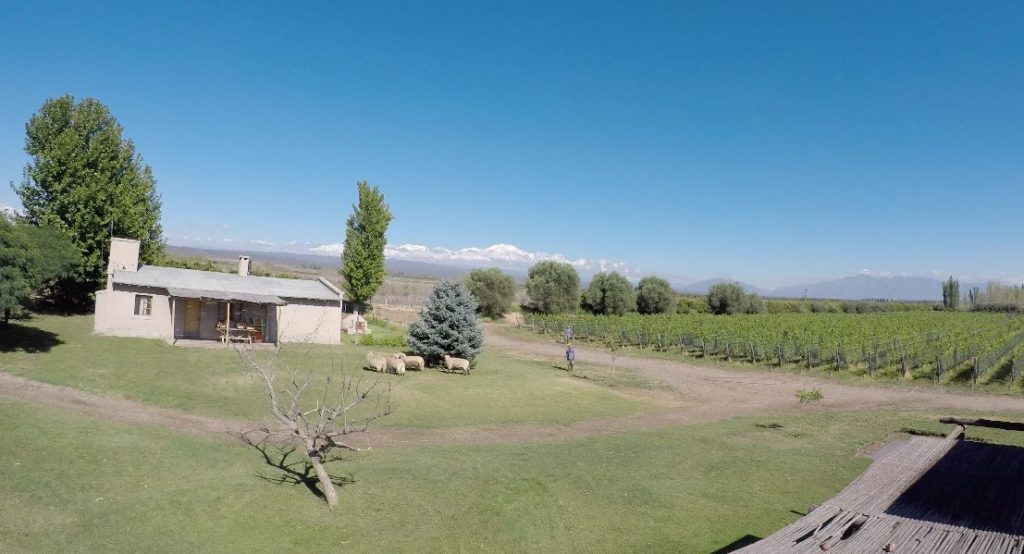
Mendoza, Argentina – We are standing on the roof of a barn overlooking Alpamanta’s small but flourishing biodynamic vineyard. Sheep and geese amble below us, farm dogs stretch in the sun, and a lone cow in search of grass munches it’s way down a row of grapes. To the West rise the Andes, the towering anchor that serves as a reminder that they came first.
The roof is small and frail at a glance, but the shot was too good to pass up. We had been in Argentina for a week and a half filming wineries and this was our second shoot. We walked the final two kilometers of a dirt road to the finca (Spanish for estate though often used interchangeably with wineries in Argentina) because we doubted our small rental car could make it through a road-wide puddle. A blessing in disguise, the walk provided us the opportunity to stretch our legs and breathe the crisp mountain air we rarely get on the Central Coast.
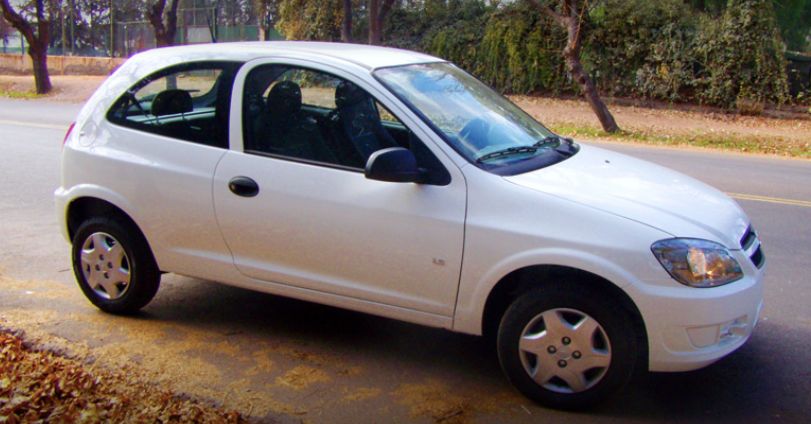
Our journey to the Mar de Plata had been after one thing, the modern day silver: wine. And yes, if you’re wondering, most of the vineyards are this picturesque with the mountains rising and the blue Andean sky and the summer austral winds.
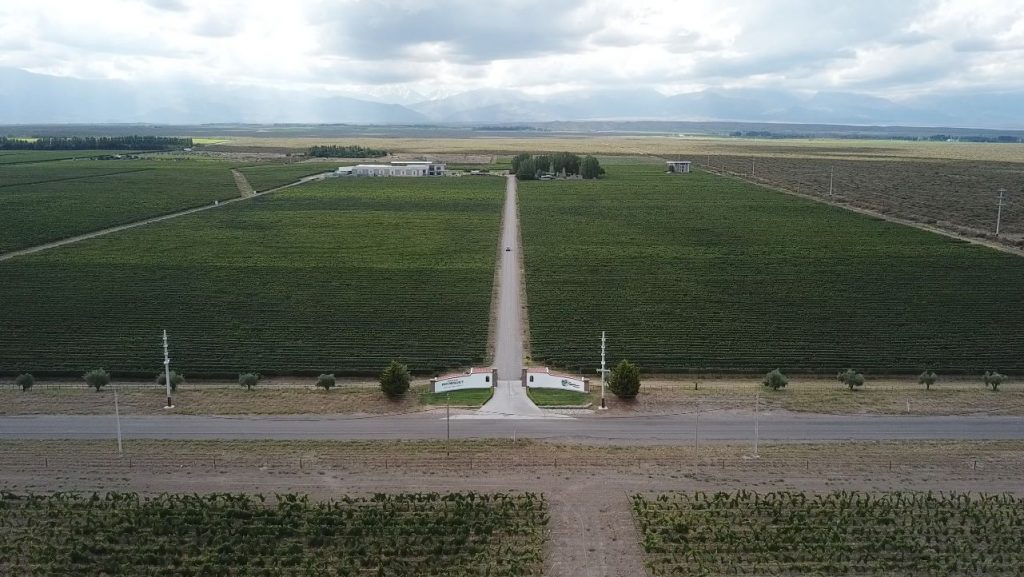
Our goal for this project was two fold: to uncover the environmentally friendly practices of conventional, organic, and biodynamic winemaking and to understand the the economic impact of access to the U.S. market. While relatively small economically, 1.4% of Argentina’s GDP (though the driving economic force in the Mendoza region), the wine industry plays a beloved role culturally as the national drink.
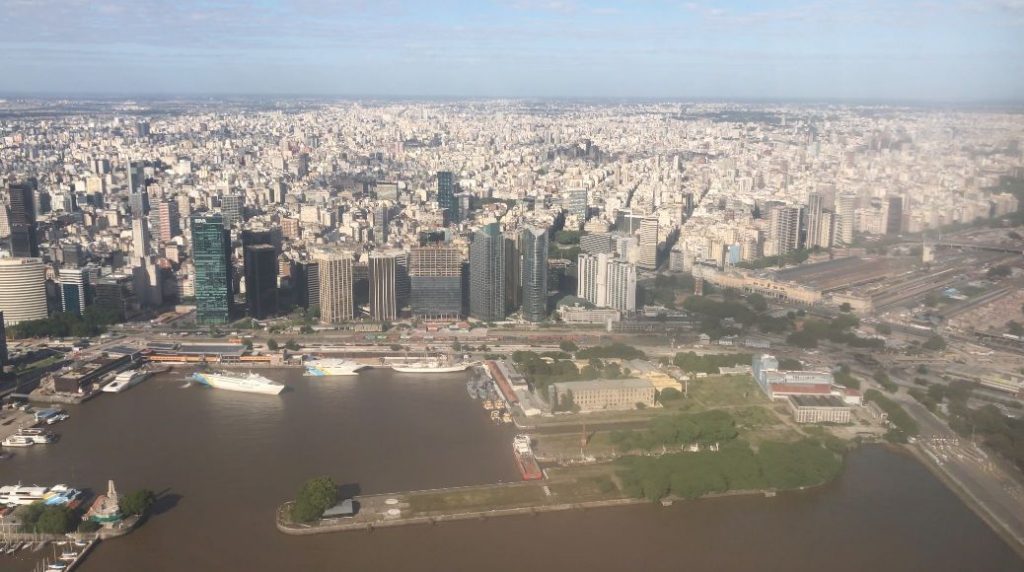
The trip ended where it started, in Buenos Aires. A European-like city someone once described as the capital of an empire that never existed. Between the neoclassical and art nouveau style the city’s buildings ascribe to and the bustling urban markets, waterfront cafes, and trendy neighborhoods that rival Brooklyn, the Argentine capital seems to fold onto itself in sprawling growth; its fingers reaching towards the empty inlands to grasp onto European traditions and pride brought centuries before.
There is one tradition that is purely Argentine however which is the legendary consumption of all things beef. A mere week in country had us begging for a salad and anything spicy (Argentine cuisine is notoriously mild). The amount of meat consumption will test even the most eager hamburger-loving American to consider praising the vegan god.
After attempting to adjust to Buenos Aires and the South American tempo (dinner starts at 9 at the earliest, people stop and sit to enjoy their coffee and meals, and unlike in San Francisco, you are met with raised eyebrows if you drink Fernet Branca without ice and Coca-Cola), sorting out our wineries of interest, scheduling interviews, and connecting with a local fixer to help us with transportation and drone footage, we headed to Mendoza to start the actual filming.
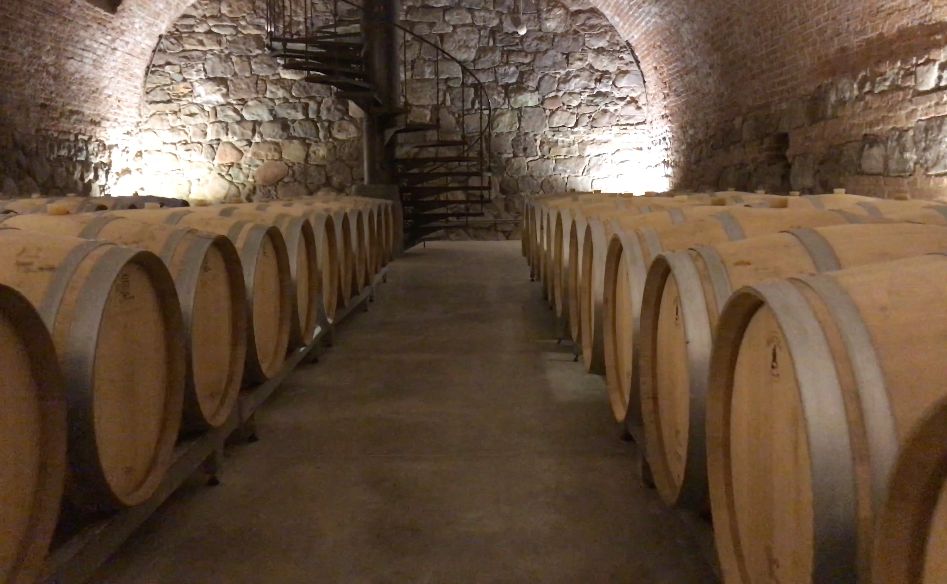
Upon our arrival in Mendoza, the first order of business was to have a proper wine tasting to warm up the the flavors of Argentine wine. We picked Bodega Caro as it was next to the famous chef Francis Mallmann’s restaurant, 1884 – the vegan antichrist.
We began filming at Domaine Bousquet, an award winning organic operation in the heart of the Uco Valley outside of Tupungato, Mendoza. Upon arriving at the property with our fixer, Joaquin, we were seduced by the romantic notions of gaucho style and picturesque beauty held by the foothills; a life surrounded by nature and immersed in exquisite wine and taste.
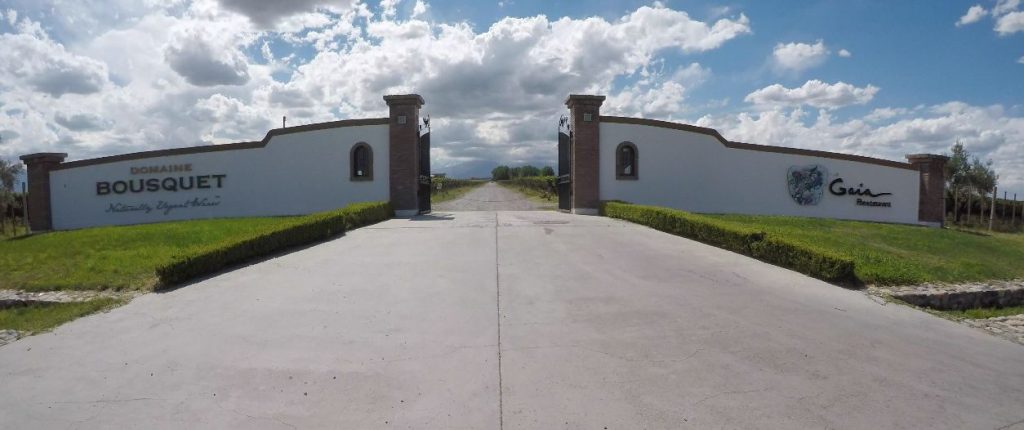
We will save the gory details about Domaine Bousquet’s production for the film, but what we will tell you is that we were wonderfully hosted by the staff at Domaine Bousquet and were impressed by their scale while lost in a sea of grapes.
There are grapes wherever you
look. From the horizon to the foothills of South America’s spine, the Andes.
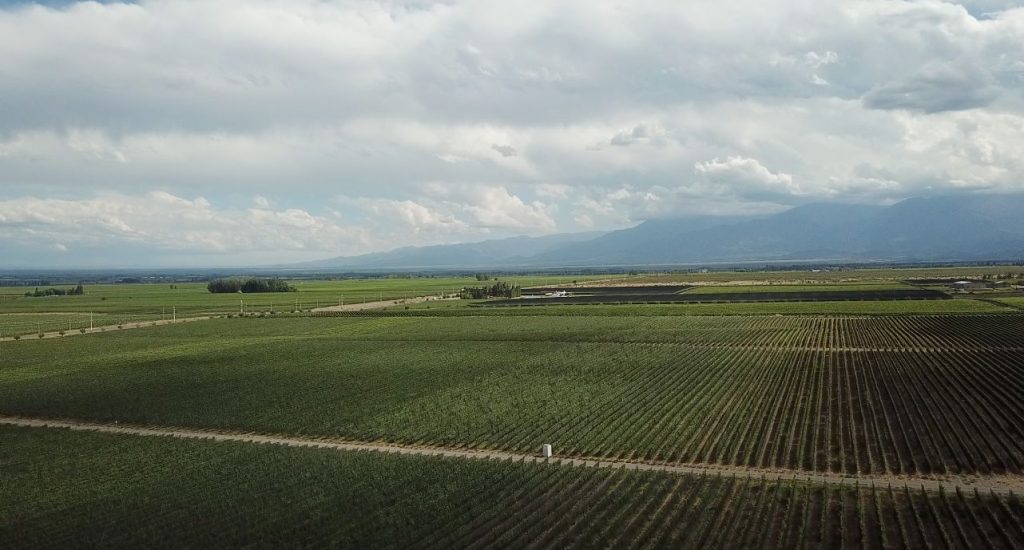
Seeing a thriving mid-size operation left us with questions: how “sustainable” or environmentally friendly these type of places could be and how well did the vineyards grasp their role in the modern global economy. We wanted to find the most out-there, regenerative, conceptually progressive operation possible –– and we think we did. Or at least came closer.
We connected with Rocío Martín, the manager of this (Alpamanta) biodynamic operation, via Facebook, which proved more useful than email. It’s summer in Argentina and most everyone is on holiday. After a great morning of interviews in their office in downtown Mendoza, Rocío invited us to tour their finca about an hour south on our own and get whatever shots we needed. This brings us to today and the rental car and the puddle and the animals and now this roof under an increasingly hot Andean sun.
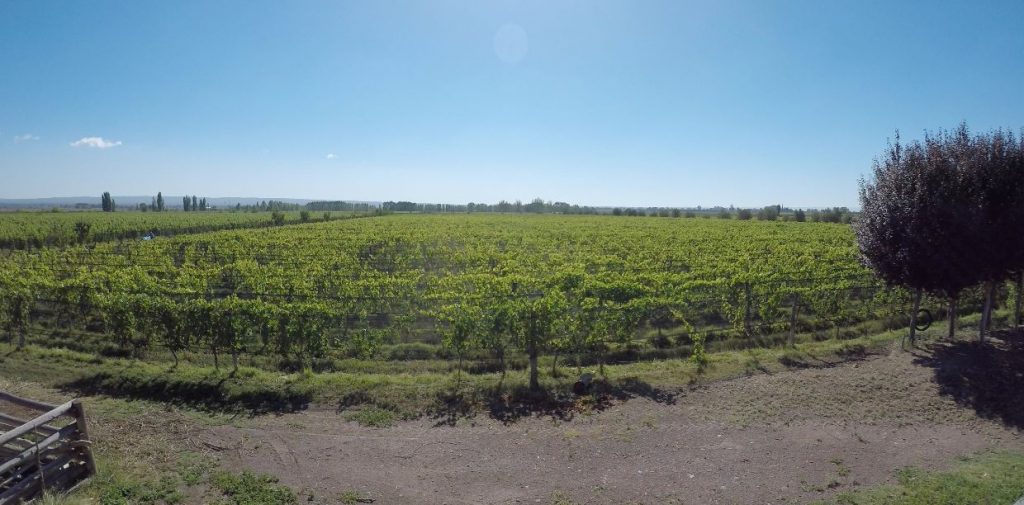
When we first
got to Alpamanta a few workers were trimming the weeds in front of the main
gate. It is clear they do not have many visitors, although that will change as
they are building a tasting room on the property. We were met by the head
farmer, who preferred not to get on camera and was incredibly helpful. We will
save the findings for the film, but as a teaser picture this: the workers, the
geese, dogs, sheep, cows, all eat the same food from their garden. There are no
pesticides, no herbicides, only natural products on their land. Now, the
specifics of what they do use requires some explanation of biodynamic farming,
including their following moon cycles and burying cow horns full of cow manure
in the ground –– again, wait for the film for the explanation. But one thing we
will share is that as we are standing on this roof, we can see the neighboring
conventional vineyard. After asking some questions to the farmer about why he
chose this finca it became clear at first it was just a job. But then he realized that all the chemicals he used in
the traditional model was hurting him and his community. “Hay un gran
diferencia de la salud acá,” he said (there’s a great difference in the health
here).
And so, keeping that in mind as we peered over a sea of green –– seriously, Alpamanta is alive, a verdant explosion that all farms should aspire to emulate, nature herself –– we noticed the conventional vineyard. Again, an endless sea, but brown and absent from any resemblance of vitality.



You must be logged in to post a comment.